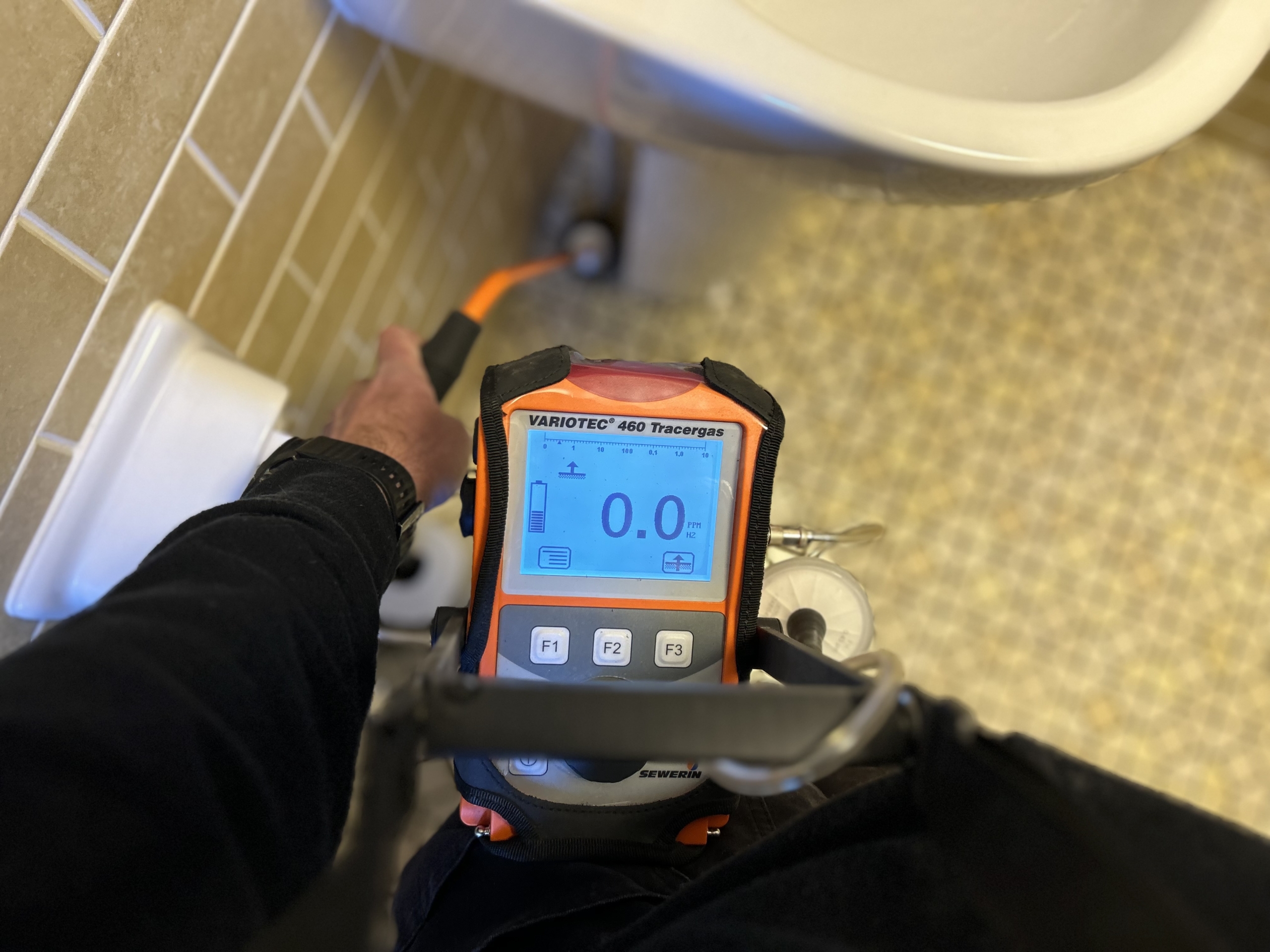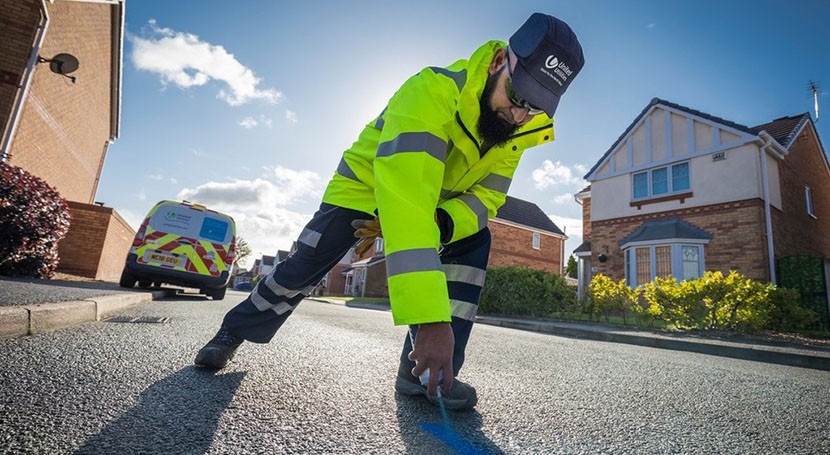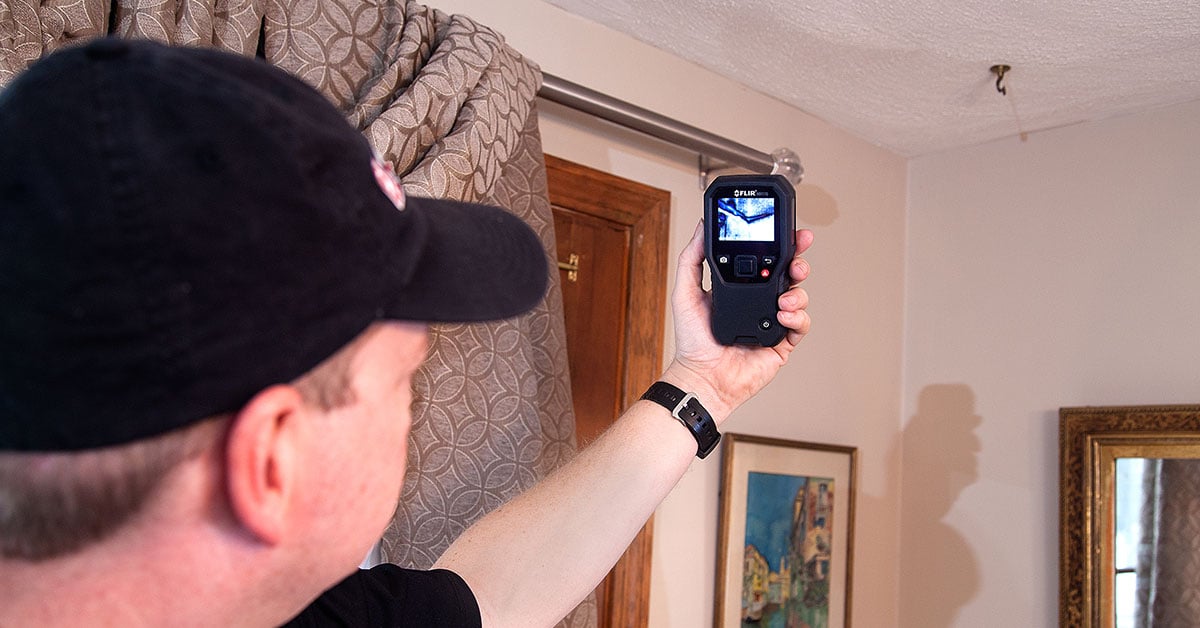Innovative Solutions for Very Early Detection of Water Leaks in Buildings and Framework
As the integrity of buildings and facilities is critical, the challenge of very early discovery of water leakages has stimulated ingenious solutions that promise to transform the method we protect against potential problems. From cutting-edge leak detection modern technologies to the deployment of IoT sensing units for real-time tracking, the landscape of leakage prevention is developing rapidly. Artificial intelligence formulas provide a look right into the future of leak prediction, while thermal imaging provides a non-intrusive approach for pinpointing covert leakages. Automated water circulation evaluation systems are reshaping how leaks are determined and resolved, leading the way for a positive technique to water leakage discovery. Each of these solutions holds the essential to guaranteeing the reliability and durability of our developed atmosphere, triggering a change in the direction of an extra lasting and reliable future.
Advanced Leak Detection Technologies
Advanced leakage discovery modern technologies, outfitted with innovative sensing units and algorithms, play a vital function in swiftly identifying and pinpointing water leakages in different settings. These technologies employ a mix of acoustic, thermal, and electro-magnetic noticing methods to detect leakages precisely. Acoustic sensors identify the noise of escaping water, permitting specific localization of the leak source. Thermal imaging detects temperature level adjustments brought on by water leak, offering another reliable approach for leak identification. Electromagnetic sensors can recognize changes in electromagnetic fields triggered by water, providing yet one more layer of leak detection capability.

IoT Sensors for Real-Time Surveillance
In the world of modern water leak detection, the combination of IoT sensing units for real-time surveillance stands for a pivotal development in improving positive leakage discovery capacities. These sensing units offer continuous monitoring of water supply, supplying real-time data on water flow rates, stress variations, and temperature changes. By leveraging IoT innovation, these sensors can discover also the tiniest abnormalities in water usage patterns, making it possible for early identification of possible leakages before they intensify right into significant problems.
IoT sensors send data to a central system, where innovative formulas examine the info and produce notifies or notifications when irregularities are spotted. This real-time monitoring capability permits homeowner or center supervisors to immediately deal with leaks, minimizing water damages, reducing fixing prices, and saving water resources.
In addition, IoT sensing units can be integrated with building monitoring systems, permitting automated feedbacks to found leaks, such as closing off water shutoffs or activating pumps to minimize the effect of leaks. On the whole, the application of IoT sensing units for real-time tracking considerably boosts the effectiveness and effectiveness of water leakage detection in structures and infrastructure.
Equipment Knowing Algorithms for Leakage Prediction

One secret advantage of making use of maker knowing for leakage prediction is its ability to continually learn and boost its precision over time. As even more data is accumulated and fed into the formula, it can fine-tune its forecasts and adapt to transforming conditions, inevitably boosting the reliability of leakage detection systems.
In addition, maker learning formulas can aid in determining refined indications of leakages that may go undetected by traditional tracking approaches. water leak detection. By evaluating intricate data embed in real-time, these formulas can offer very early warnings and informs, permitting timely treatment and precautionary upkeep to reduce prospective water damage and linked costs
Using Thermal Imaging for Leakage Detection
Thermal imaging innovation provides a promising method for discovering water leaks in numerous systems and infrastructures. By utilizing infrared radiation and temperature variations, thermal imaging electronic cameras can identify covert leaks that are not conveniently visible to the nude eye.
One of the key advantages of thermal imaging for leakage discovery is its non-intrusive nature. Unlike traditional techniques that may need getting into wall surfaces or floors to find leakages, thermal imaging permits for non-destructive testing. This not just conserves time and minimizes expenses but also minimizes disturbance to the structure or facilities being evaluated. In addition, thermal imaging can swiftly scan big areas, giving a thorough review of potential leak sources in a prompt fashion. Overall, the use of thermal imaging technology boosts the performance and precision of water leak discovery, making it a useful device for maintaining the stability of buildings and frameworks.
Automated Water Flow Analysis Equipments
Exactly how can automated water flow evaluation systems transform the discovery and administration of leakages in numerous systems and facilities? Automated water circulation analysis systems use a proactive technique to leak detection by continually keeping track of water circulation rates and click here for more patterns. By establishing standard data, these systems can swiftly recognize discrepancies that might indicate a leak, allowing punctual intervention to stop extensive learn the facts here now damage.
These systems make use of advanced algorithms to examine real-time information and provide instant informs when abnormalities are discovered, permitting for speedy action to be taken. Furthermore, automatic water circulation evaluation systems can be integrated with building management systems or IoT platforms, improving total performance and enabling remote monitoring abilities.
Moreover, the information gathered by these systems can be utilized for predictive maintenance purposes, aiding to recognize possible weak factors in the facilities before leaks take place. On the whole, the execution of computerized water flow analysis systems can considerably improve leakage discovery and administration practices, ultimately bring about set you back savings, reduced water wastefulness, and raised sustainability in buildings and infrastructure.

Conclusion
To conclude, the combination of sophisticated leakage discovery innovations, IoT sensing units, maker understanding formulas, thermal imaging, and computerized water circulation evaluation systems uses ingenious options for early detection of water leaks in buildings and infrastructure. These technologies make it possible for real-time surveillance, forecast of leakages, and effective detection methods to stop water damage and wastefulness. Applying these remedies can assist in keeping the stability like this and sustainability of water systems in different settings.